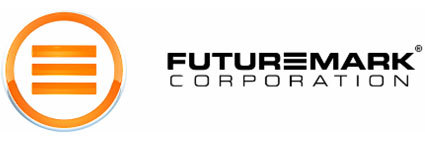3DMark06 Under the Magnifying Glass
Introduction
The new year brings the prospects of innovation and development, with new products showing up all the time. Thankfully, there are independent software developers who see the need to analyze these technological advances. Over the years, the Futuremark Corporation has become a beacon in 3D graphics testing, and has thus played an essential role in the analysis process.
Futuremark's previous benchmarking suites have paved a way for enthusiasts to evaluate gaming performance, but along with this prestige comes the requisite skepticism over its methods and implementations. Arguments have arisen over techniques and the scoring calculations used. While one group will praise Futuremark for developing a neutral analysis tool as well as being forward-looking in its execution, another will accuse it of developing a benchmark that does not represent certain hardware implementations, or that utilizes techniques that game makers don't use. The newest version of "The Gamer's Benchmark" once again finds itself in the middle of this debate, so we decided to talk to both Futuremark and the hardware makers to get a better insight into the situation.
With its prior development of 3DMark03 and 3DMark05, Futuremark has proven itself to be close to the 'mark' when anticipating the future of 3D graphics performance needs and gaming applications. The other part of the puzzle is looking at how Futuremark implements these new techniques and hardware advances in 3DMark06. What we will examine is how the newest benchmark captures the current state of hardware performance, and more importantly, what both hardware and game developers are going to implement in their future designs.
Get Tom's Hardware's best news and in-depth reviews, straight to your inbox.
